
Insufficient and poorly labeled AI training datasets have a negative impact on the accuracy, reliability, and overall performance of AI and ML models. HitechDigital offers AI data annotation services that completely change unstructured raw data into training datasets at scale.
As a leading data annotation company, we design our annotation solutions to meet the training needs of diverse AI models, including image, video, and text annotation, as well as semantic segmentation and entity recognition. Our data annotation services ensure that your algorithms are trained on trustworthy, context-rich datasets.
We leverage cutting-edge annotation tools alongside human-in-the-loop validation to manage complex datasets while maintaining quality, accuracy, and quick turnaround times whether annotating data for computer vision systems or fine-tuning NLP models for chatbots.
HitechDigital is more than just a machine learning data annotation company – we are your strategic partner in delivering accurately labeled datasets for high-impact use cases like autonomous driving systems, medical diagnostics, e-commerce product tagging, smart surveillance, and more.
100mn+
Data points
300+
Data annotators
100+
Data types annotated
99.5 %
Accuracy
Create high quality training datasets to power your AI and ML models
Annotate Data With Us Now →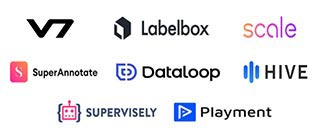
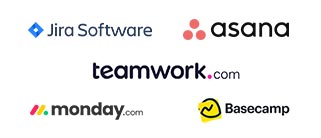
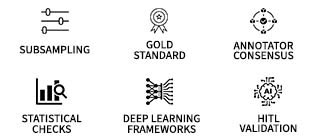
Unlock the power of precise, tailored, and scalable data annotation services to effectively drive the success of your AI and ML algorithms.





More than 95% of our clients are recurring, a testament to the unwavering trust and satisfaction our services consistently deliver.
Operations Head, Construction Technology Company, Germany
Vice President, Operations, Californian Technology Company
Director Operations, Data Analytics Company, USA

We provide high-quality labeled data to improve precision and reliability of your AI and ML models.

By outsourcing data annotation, you can accelerate data preparation. This will allow your team to focus on core model development tasks.

Leveraging our services eliminates the overhead associated with in-house annotation teams and infrastructure.

We provide flexibility to handle rapidly changing data volumes, ensuring your projects remain on schedule.

Benefit from our experienced annotation professionals and established quality assurance workflows for superior results.

Our rigorous processes and attention to detail guarantee consistently accurate and reliable training datasets.
Power your AI models with cutting edge annotation strategies
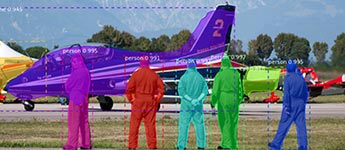
Draw a rectangle or square around the object:

Draw polygons to define object shape and location:
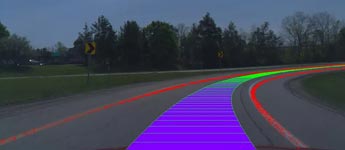
Plot continuous lines for linear features.

Marking points of interest for localization of elements.
Monitor objects in image sequences and video frames.
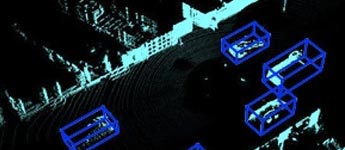
Create 3D models with data from LiDAR, stereo cameras.
Cross-Industry Utilization of Data Annotation Services
Data annotation services are used in pathology and neurology to check patterns for accurate diagnoses. The data helps to train AI systems to understand the difference between normal and medical images with injury.
Data annotation helps organize products so shoppers can find the products that they are exactly looking for quickly. Annotators review product titles, descriptions, and images, then tag each item under the right department or category provided by the store.
The increasing adoption of image data annotation tools in the automotive sector is driving the growth of the data annotation tools market. It is used in the development of self-driving cars.
Used to detect issues such as plant diseases or pests’ presence accurately, it helps farmers to improve crop quality while reducing losses due to issues that affect yield.
Used to detect fraud and assess risk, analyze investments, personalize customer service and adhere to regulatory compliance, fast-track decision-making, and optimize operations.
Data annotation in GIS analytics and mapping is used to improve city planning, analyze project risks, and optimize infrastructure planning and management.
Meticulous annotation workflows to ensure precision and consistency in every data point.
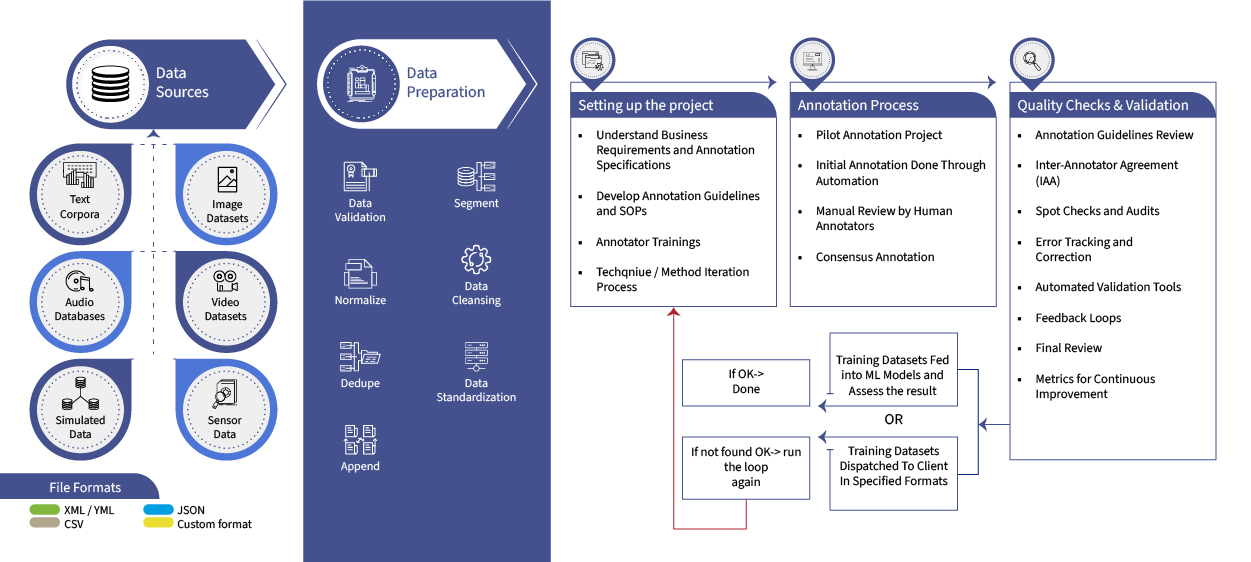 Click to view in PDF →
Click to view in PDF →
Prioritizing client’s growth, fostering trust, collaboration, and leading with empowerment to achieve shared success.
Bachal represents HitechDigital in North America, and helps client and our production teams collaborate effectively on projects and partnership initiatives.
We annotate text, image, audio, video, and LIDAR Point cloud data depending on your specific project requirements.
Our rigorous quality control mechanism to ensure the quality of annotated data includes a blend of human expertise and automated tools. In-built validation, spot checks and multi-level quality controls are some of these. Our teams also adhere to industry best practices of developing clear annotation guidelines and establishing continuous feedback loops.
At HitechDigital, we have a team of 300+ skilled and qualified data annotation specialists. Our team has the ability to handle high volumes of data. Depending on the size of project or business needs, the team can be scaled up at relatively short notice. Our teams accelerate data annotation process by using production-grade annotation platforms, automated workflows and advanced tools. We use the human in the loop approach to ensure that we are able to overcome the limitations of automation.
Our team comprises data annotation specialists who can label raw data such as images, text, and video for AI and ML models. They can identify objects, categorize information and provide valuable context. This process ensures that data is accurate and consistent for effective model training.
We offer support for data annotation across various models such as Images (bounding boxes, segmentation); Text (NER, sentiment analysis); and Video (object tracking). We provide high-quality labeled datasets for diverse applications and model types.
At HitechDigital, we are committed to delivering both quality and innovation. We provide consistent training to our team, use advanced tools, and provide flexible work arrangements. The work environment is collaborative. We focus on nurturing expertise of data annotation specialists, making us a leading choice of professionals seeking a stimulating work environment.
Data annotation quality is very crucial for the success of machine learning. It has a direct impact on model accuracy and reliability. Datasets which are poorly labeled result in flawed training and inaccurate predictions. This often hinders deployment of AI solutions which are effective.
Our process involves the following steps such as understanding project requirements; secure data transfer; precise annotation by data annotation specialists using advanced platforms; quality assurance checks; and delivery of labeled datasets. We leverage machine learning tools to enhance efficiency while maintaining human oversight for accuracy.
We have an initial orientation program for all annotators coming on board providing a holistic view of data annotation. This program involves understanding impact on AI models, industry application and the need for accuracy in annotation.
The next step involves domain-specific training to make data annotators acquainted with annotation guidelines.
Practical and hands-on practice sessions are conducted. These sessions provide iterative feedback to annotators, helping them refine their skills. Quality control exercises underline the importance of accuracy and consistency. Because datasets keep evolving, the teams are continuously trained to adapt to the changes. Advanced tool training is also given whenever needed.
Yes. We provide free pilot projects that give clients the chance to understand our services and evaluate the expertise of our data annotation team. During the free trial period, our team of data annotators will work closely with clients in order to understand project requirements and give a complete understanding of the data annotation process from start to finish.
